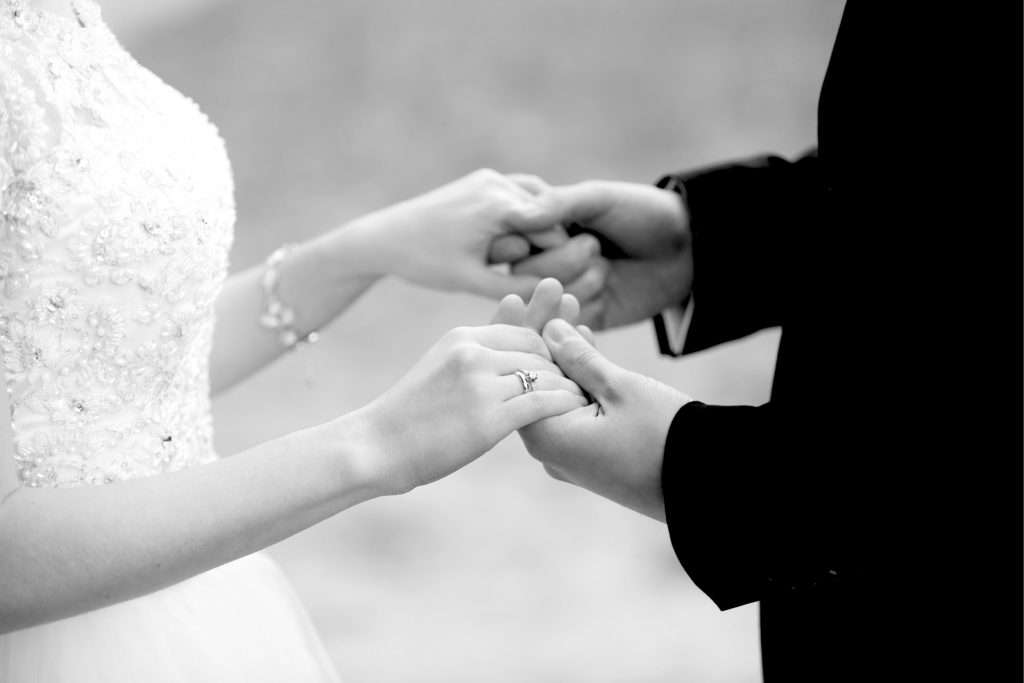Difference Between Annulment and Divorce
Confusion abounds about the difference between obtaining a divorce and obtaining an annulment of marriage. The two are very different things legally; and different again from a religious annulment of marriage. Streeterlaw’s Accredited Specialist Family Lawyer explains the differences.
A marriage may be legally annulled in Australia by making an Application for a Decree of Nullity in the Family Court of Australia. This effectively declares the marriage void, as though it never occurred. Whereas a Divorce Order dissolves a legally recognised marriage; the decree of nullity declares it never legally existed in the first place – it operates retrospectively.
A decree of nullity is not the same as a religious annulment of marriage however. Church law does not have legal standing in Australia. Marriages in Australia are governed by the Marriage Act 1961 (Cth) )(‘the Marriage Act’) which sets out the requirements for a valid marriage.
When is it appropriate to file for a Decree of Nullity rather than a Divorce?
- If when the parties were married, one of them was already legally married to someone else.
- The parties are in a prohibited relationship (eg. Father and child, brother and sister).
- The parties failed to comply with the laws in relation to the marriage in the place they were married.
- If either party was under the legal age to marry.
- If either party’s consent to the marriage was not real consent due to:
- Consent being obtained by duress or fraud;
- Mistaken identity of who they were marrying or the nature of the ceremony;
- One party was mentally incapable of understanding the nature and effect of the marriage ceremony.
Contrary to popular belief, the Court will not issue a decree of nullity due to any of the following grounds:
- Non-consummation of the marriage
- Never having lived together
- Family violence, or
- Other incompatibility situations.
Those factors may be considered by a religious body considering whether to grant a religious annulment. Often people of the Catholic faith seek to have their marriage annulled in order to marry again and have that marriage recognised by their faith. This is however, a process entirely outside of the Family Courts. In most situations. A Divorce via the Federal Circuit Court of Australia is the correct process and a Divorce Certificate must be obtained prior to legally marrying again.
Interestingly, even the failure of a marriage celebrant to hold a valid licence to marry a couple may not be enough to declare a marriage void. The case of Brune & Cline [2018] heard by the Family Court of Western Australia involved an application to declare a marriage valid in circumstances where the Registry of Births Deaths and Marriages refused to register the marriage given the shock revelation that the celebrant was not actually authorised by the Marriage Act to perform the ceremony.
The Marriage Act, however, does contain an exception, allowing a marriage to be declared valid in circumstances where the couple believed that the celebrant was authorised to perform the ceremony and their intention was the be lawfully wedded to each other. So the couple were successful in registering their marriage as it was determined the form and ceremony of their marriage was sufficient.










